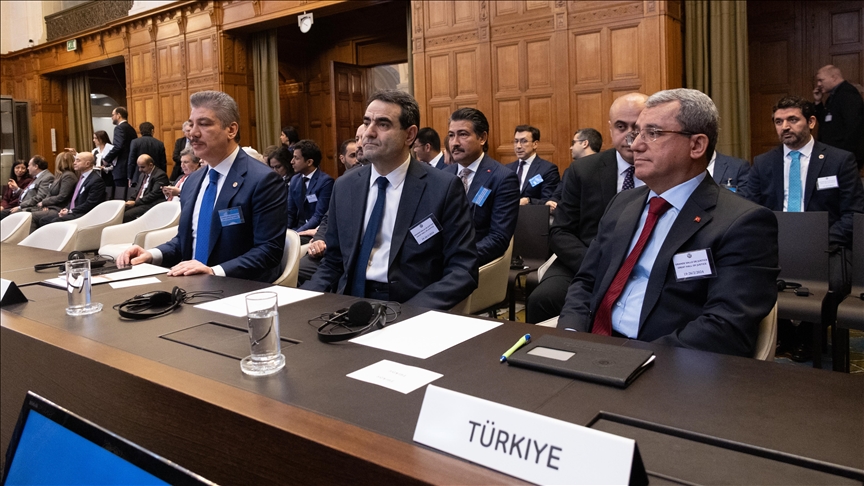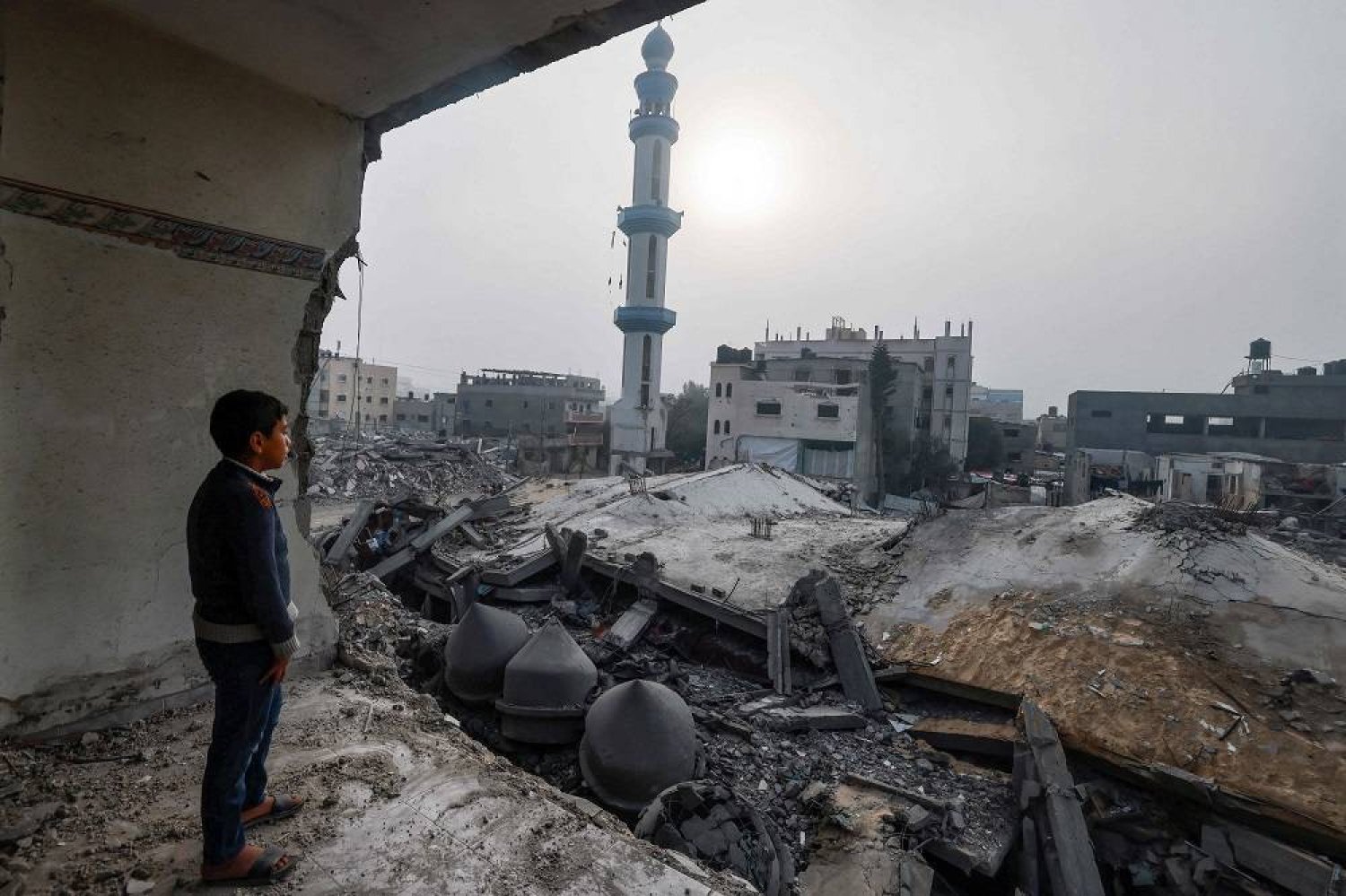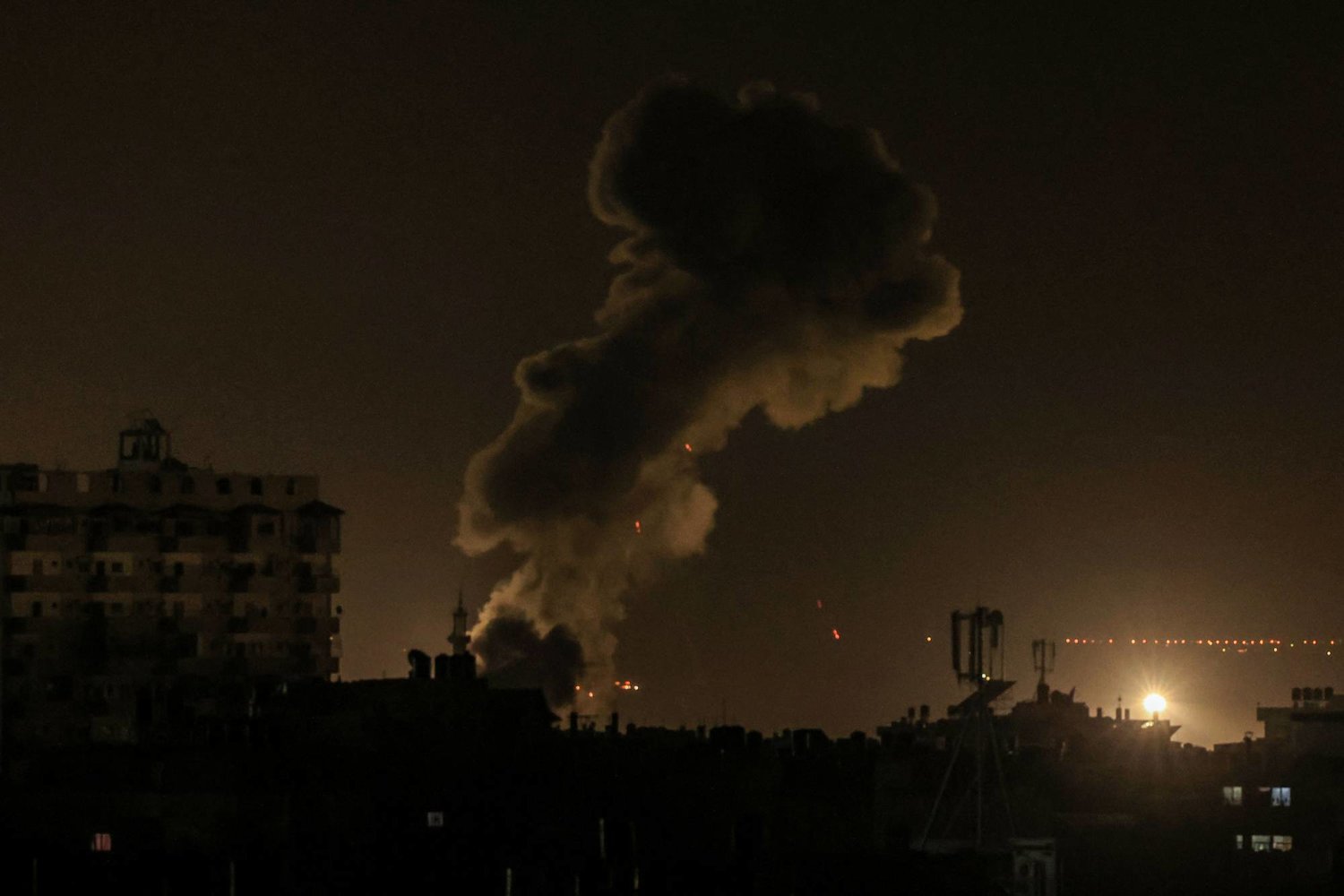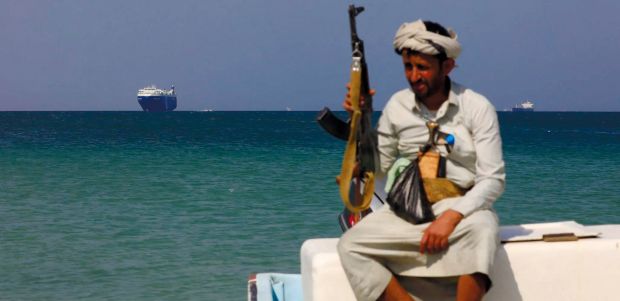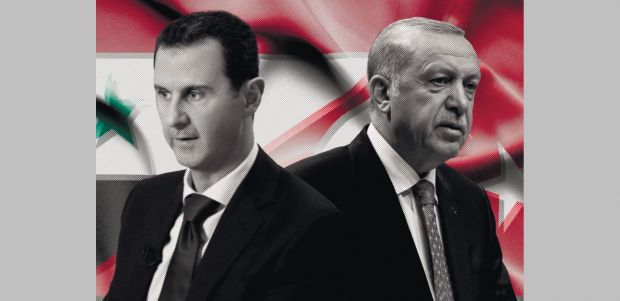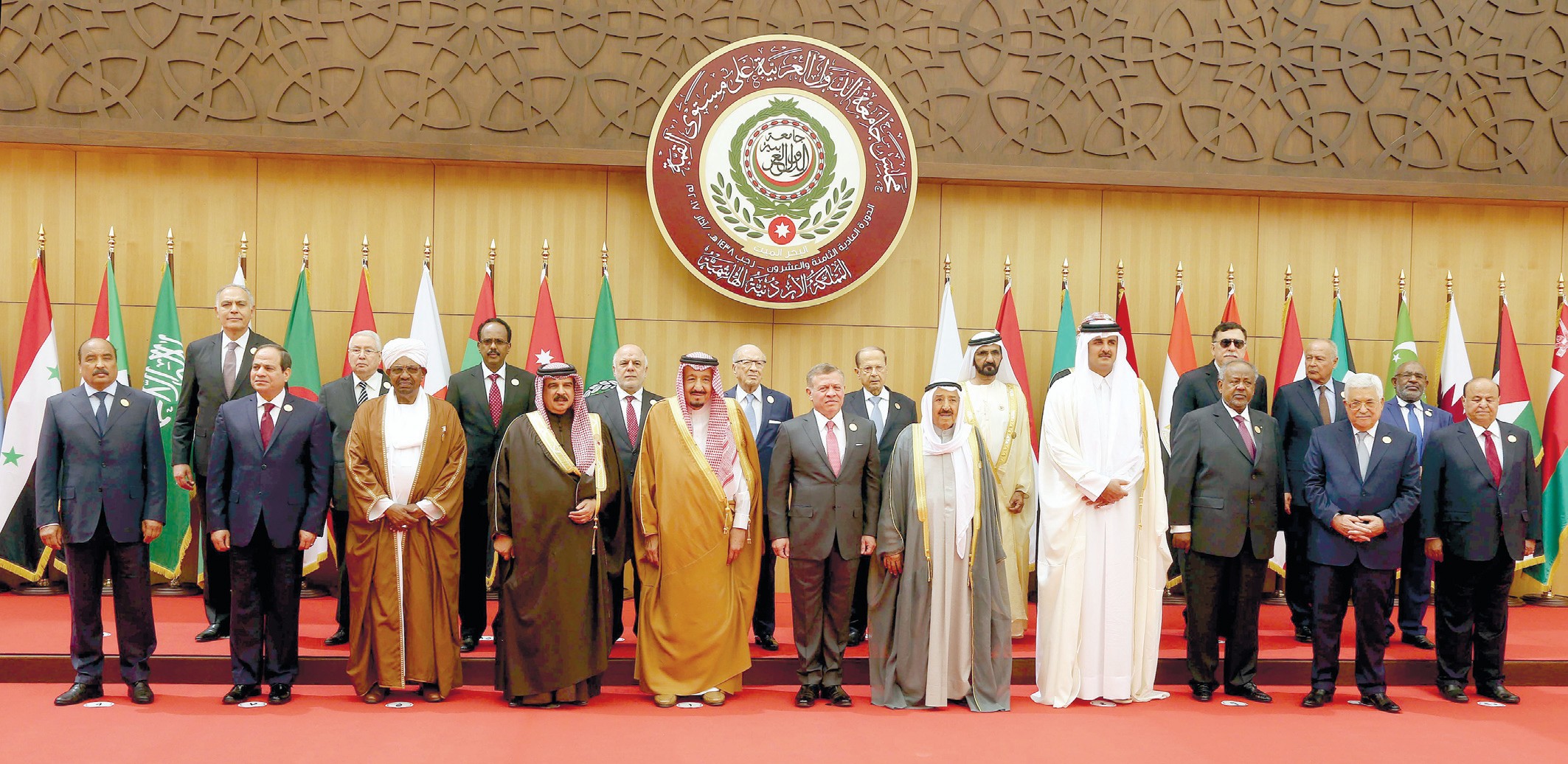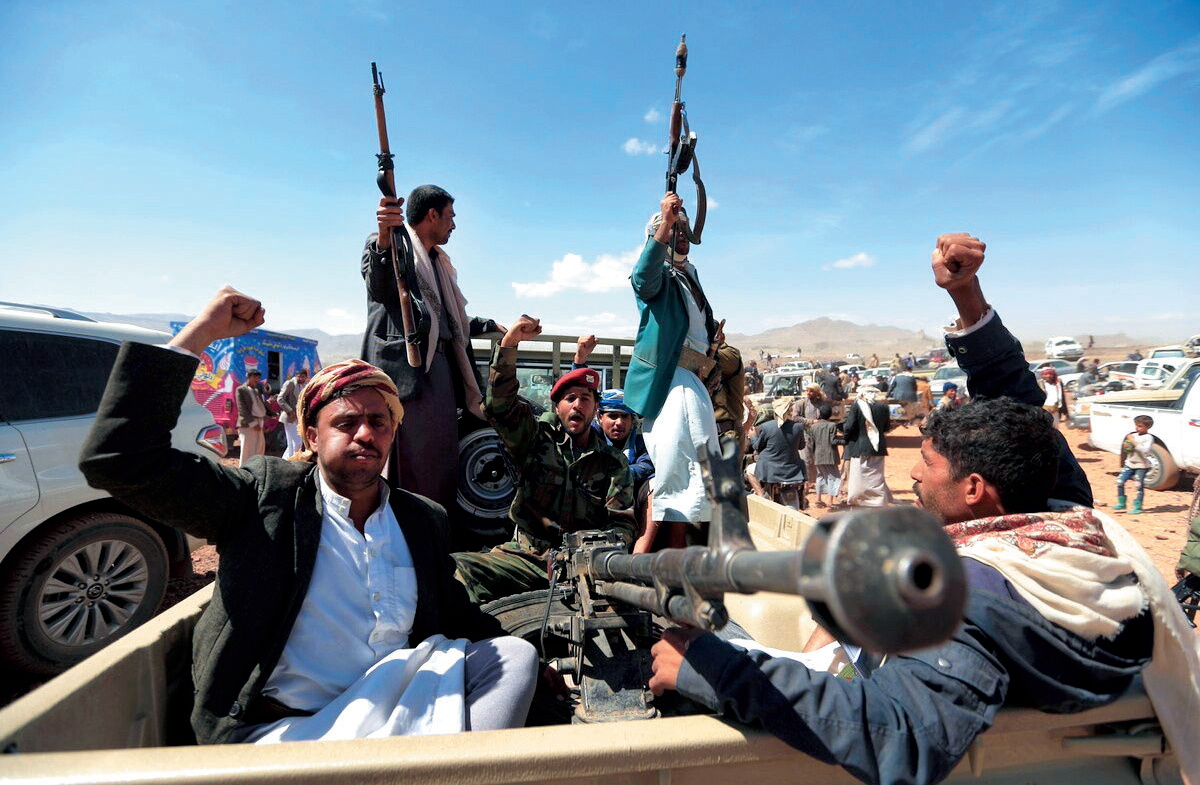
In May 2019, Yemeni Houthis attacked the main oil pipeline passing through the centre of Saudi Arabia using seven armed drones. In early June, they also attacked the southern territories of the kingdom from three directions, causing casualties of more than 200 soldiers and officers of the Saudi armed forces with more than 20 armoured vehicles of coalition forces led by Riyadh destroyed. Although official Saudi media denies the reports of the Yemeni state information agency Saba, videos show the opposite.
Religious war or regional competition?
Three months ago, a coalition of Arab countries led by Saudi Arabia invaded the territory of Yemen. On March 26, 2015, when the military troops of ten Arab countries attacked Yemen, the goal was clear: to return control over the capital of the state, Sana'a, seized by the Houthi organization Ansarullah in September 2014, to reinstate the deposed president Abdrabbuh Mansur Hadi and put an end to the Houthi-Zaidi rule in Yemen. But the war has gone on far too long...
Even though the ongoing events look like a war between different religious schools of thought (madhabs), in fact the Yemeni 'showdown' is a regional competition for political power. Saudi Arabia, which is trying to return Sunni Hadi to power with the help of ten Arab allies, having spent more than $100 billion on this campaign, invaded Yemen 57 years ago, in 1962, in order to save the Shiite Imamate of Zaidis, when it was overthrown with the active support of Egypt to establish a republican regime in the country. In other words, at that time Saudi Arabia supported the Shiites, since the kingdom did not want the neighbouring, especially nearby monarchies, become republics.
Now the actors have changed their positions. In 1962, Saudi Arabia, which invaded Yemen with the support of Iranian Shah, was opposed by the Republic of Egypt led by President Nasser. Now the Saudis are fighting against the theocratic Iran with the support of Egyptian Field Marshal al-Sisi. In other words, the opponents are not the Republicans, but the armed Islamist groups of Houthis, sympathizers of the Islamic Revolution in Iran.
Saudi Arabia has confronted the Houthis six times before, in 2004-2010, when authoritarian President Ali Abdullah Saleh, a Zaidi republican, ruled Yemen. At that time, Saudi Arabia, together with the Yemeni army, has managed to push the Houthi insurgents back to their unofficial capital in the north of the country, the city of Sa'dah.
When political crisis turns violent
In 2011, a wave of 'Arab Spring' reached the country of Ali Abdullah Saleh, who had kept his iron-grip on Yemen for thirty years. First protests in the country began on January 26, 2011 at the University of Sana'a. Very soon, public indignation galvanized momentum and eventually engulfed the entire country. After a long struggle to remain in power, Saleh agreed to resign. In February 2012, a transition process began in Yemen with the intervention of the UN Security Council. Saleh resigned and was replaced by Vice President Abdrabbuh Mansur Hadi.
Although the revolution ended, main problems of the country (lack of security and political stability, as well as the socio-economic crisis) remained unresolved. The biggest problem in terms of security was terrorism caused by the activation of the Yemeni wing of al-Qaeda. The second pressing problem was the failure of expectations related to socio-economic reforms promised after the revolution. Serious economic situation in the country, especially the unequal distribution of income between the provinces, caused serious concerns. The main cause of political instability was the refusal to hold new elections after the revolution, in particular, the absence of any measures to establish political stability in Yemen, a country with long-established tribal relations. In other words, the new government was too weak. For this reason, soon after the revolution, separatist groups that came out for the independence of South Yemen, which until 1990 was a socialist republic under the influence of the USSR, came to the fore.
In January 2014, first the southern separatists and then the Houthis left the National Dialogue Conference, which further deepened the political crisis in Yemen. On September 22, 2014, the Ansarullah militants seized Sana'a. On January 22, 2015, acting president A. Mansur Hadi resigned, and on February 6, the parliament was dissolved, and a new coalition government was formed. At that time, the forces loyal to the ousted president Ali Abdullah Saleh also supported the Houthis. It was the seizure of the capital and the formation of a new coalition government, as well as the actual usurpation of power by the Houthis that made Saudi Arabia and its allies in the Persian Gulf mobilize. On March 25, 2015, A. Mansour Hadi appealed to the UN Security Council with a request to allow “voluntary military intervention” of the allied states in order to prevent the Houthi offensive. A day after the appeal, Gulf Cooperation Council led by Saudi Arabia launched the Operation Decisive Storm against Yemen, which continues to this day.
In 2017, two major events took place during the operation. In June 2017, after the infamous crisis between Qatar and Saudi Arabia, Egypt, UAE and Bahrain, Qatari armed forces left Yemen. The second important event was the murder of Saleh in December 2017 as a result of clashes of government forces with Houthis.
In December 2018, the representatives of the Hadi government and Ansarullah held negotiations in the Swedish city of Rimbo with the mediation of the UN. Parties reached certain agreements, one of which was the withdrawal of troops from the port city of Hudaydah, which has become a scene for bloody battles since last summer. The main objective was to mitigate the consequences of the humanitarian crisis in Yemen, where the infrastructure was completely destroyed, thousands of civilians were killed, famine and infectious diseases spread. But complete eradication of the crisis requires more time and, first of all, reconciliation between Saudi Arabia and the Houthis, that is with Iran.
Middle Eastern Afghans
Houthis is a common name of the Shiite Zaidi tribes inhabiting the mountain town of Sa'ada and its environs, 240 km north of the capital of Yemen. Zaidis recognize the Imamate's of the son of the fourth Shiite Imam Zain al-Abidin, Zaid ibn Ali, and live compactly in the territory of Yemen and Pakistan (as well as in India). According to some sources, Zaidis make up 40%, and according to other sources 30% of Yemen’s population. In addition, Zaidis are also citizens of Saudi Arabia (1.2 million people), Oman and other countries.
With the exception of the 1962 conflict, when the Iranian Shah supported the Saudis in their attempt to restore the Zaidi Imamate in Yemen, the country has a not very rich history of relations with Iran. After the notorious events of 1979 in Iran, several groups emerged in Yemen as well as in the rest of the Muslim world that sympathized with the first Islamic revolution in history. A Zaidi theologian Badruddin al-Houthi in his sermons called for support for the Iranian revolution. In 1986, al-Houthi visited Iran, thereby setting the ground for relations between Houthis and Iran. In the same year, the Youth Union appeared in Yemen, which became the first social and political organization of Houthis, and later turned into the Haqq Party. However, at the initial stage of its existence, the organization was mainly engaged in charity and educational activities, since after the overthrow of the Zaydi Imamate in Yemen, a massive campaign was carried out with the support of neighbouring countries to 'recruit' Zaidis to other madhabs, which eventually caused public outrage. This factor also played a significant role in bringing the Houthis closer to Iran.
In the early 1990s, another Houthi organization, Forum of Religious Youth, was established. Leader of the organization is Sayyid Hussein Badruddin al-Houthi, who has not got along with his father for some time. Initially engaged in propaganda and philanthropy, the organisation changed its name to Ansarullah in 2002. Since 2004, Houthis fought six battles against the government forces and Saudi Arabia. During this time, they have already ruled the city of Sa'ada, appointed officials to city and provincial governments, i.e. have possessed some experience in governance.
Houthis, who live mainly in mountainous areas of the country, can be also called 'Middle Eastern Afghans'. Despite the absence of normal living conditions and basic necessities, such as clothing and footwear, these highlanders are not parting with their weapons for a minute and decisively resist and sometimes counter-strike both the forces of Mansur Hadi and the Saudi army advancing from the north. They use not only machine guns for these purposes. Houthis have repeatedly bombed the Saudi territories. In January 2019, as a result of a drone attack on a military parade organized by the Hadi government near Aden, six soldiers of the Yemeni army were killed.
Obstinacy of Saudis
Nevertheless, Saudi Arabia continues the war, while the scale of catastrophe in Yemen is growing every day. According to the UN, if by 2020 it is not possible to achieve a complete cease-fire, the number of victims in the country could reach 233 thousand people. The worst thing is that 60% of these people will be Yemeni children under five years. Currently, 80% of the Yemeni population (24 million people) need foreign assistance, and 13 million suffer from hunger.
Due to massive air strikes of the Saudi coalition, more than 4,800 civilians have been killed so far. However, despite the condemnation of the international community, Saudi Arabia does not want to retreat. The reason is simple - the kingdom does not want presence of forces loyal to Iran, inspired by the ideas of the Islamic revolution. Not only because the Bab el-Mandeb Strait is an important hub connecting the Gulf of Aden with the Red Sea, as well as a maritime corridor for all cargo tankers, including those carrying large volumes of oil and gas through the Mediterranean Sea. In general, it is estimated that 65% of the total world trade passes through this strait. Suspension of cargo traffic on this strategically important section of maritime ways can have a serious impact on international trade, shipping and, most importantly, oil prices.
In addition, the strengthening of the Houthi power in Yemen directly is a direct threat to Saudi Arabia, for such a dynamic and militant country like Yemen can influence political groups in Saudi Arabia, including Zaidi and Shiite political associations in the east of the kingdom. For this reason, the Saudis do not want to yield even an inch of this very 'delicious and tender' strategic point of the peninsula to Iran. But historical experience shows that occupying Yemen is as difficult as Afghanistan. That is why a protracted war can be risky for the House of Saud.

